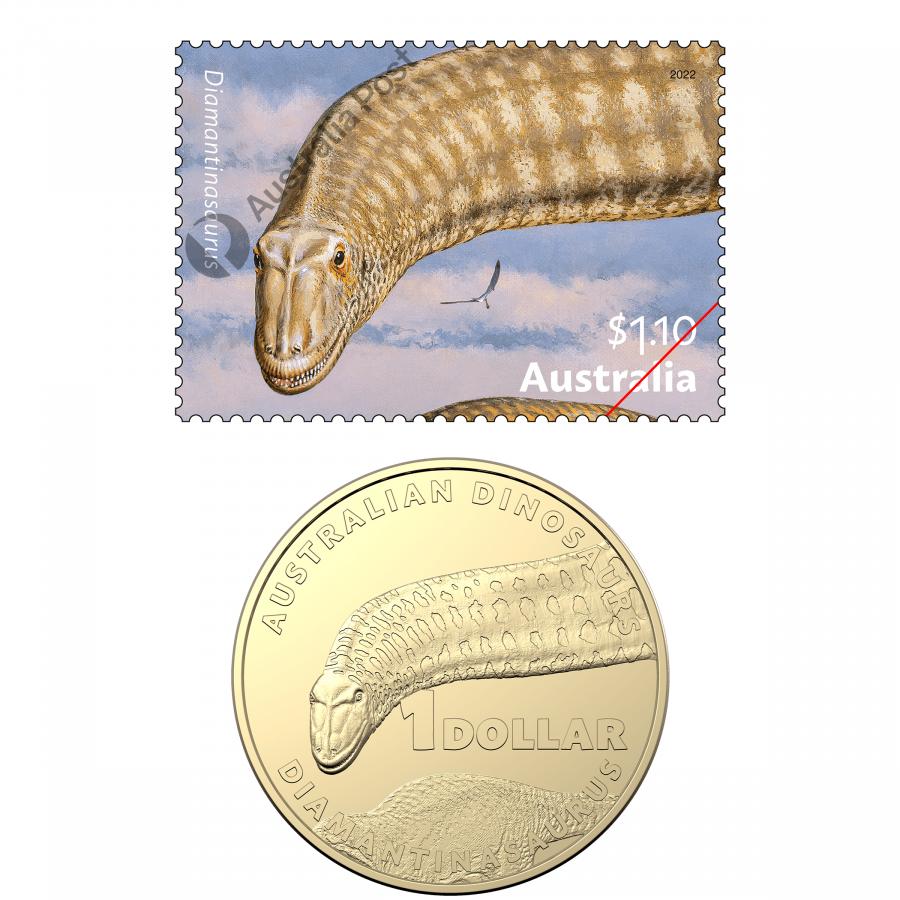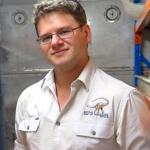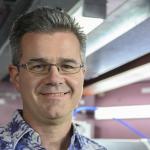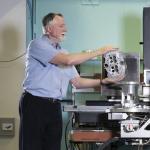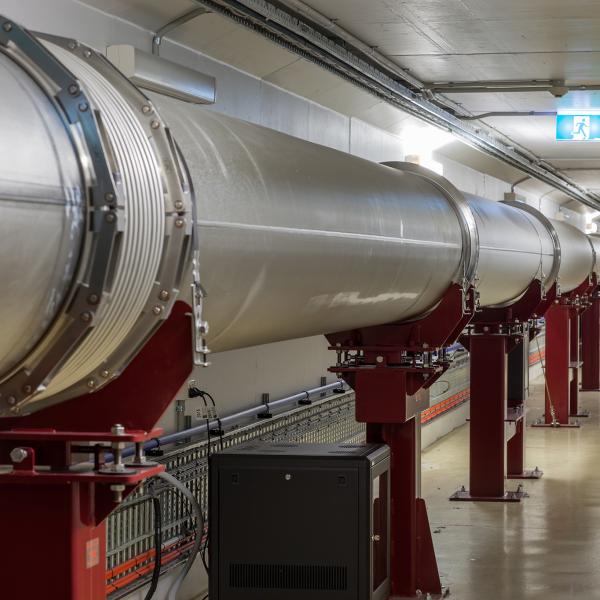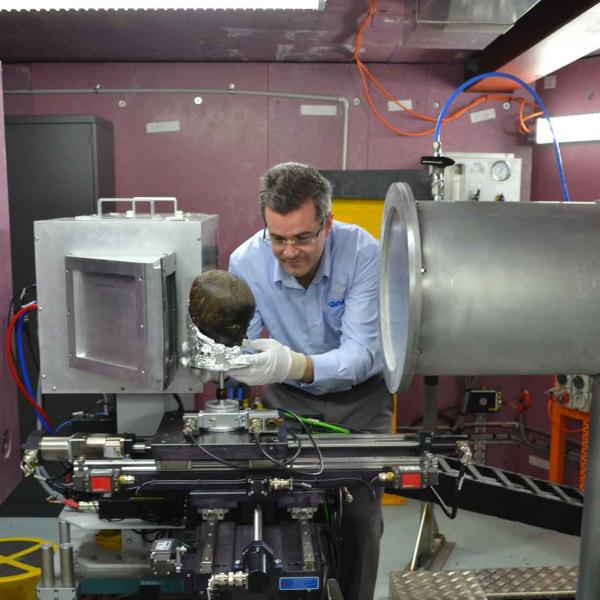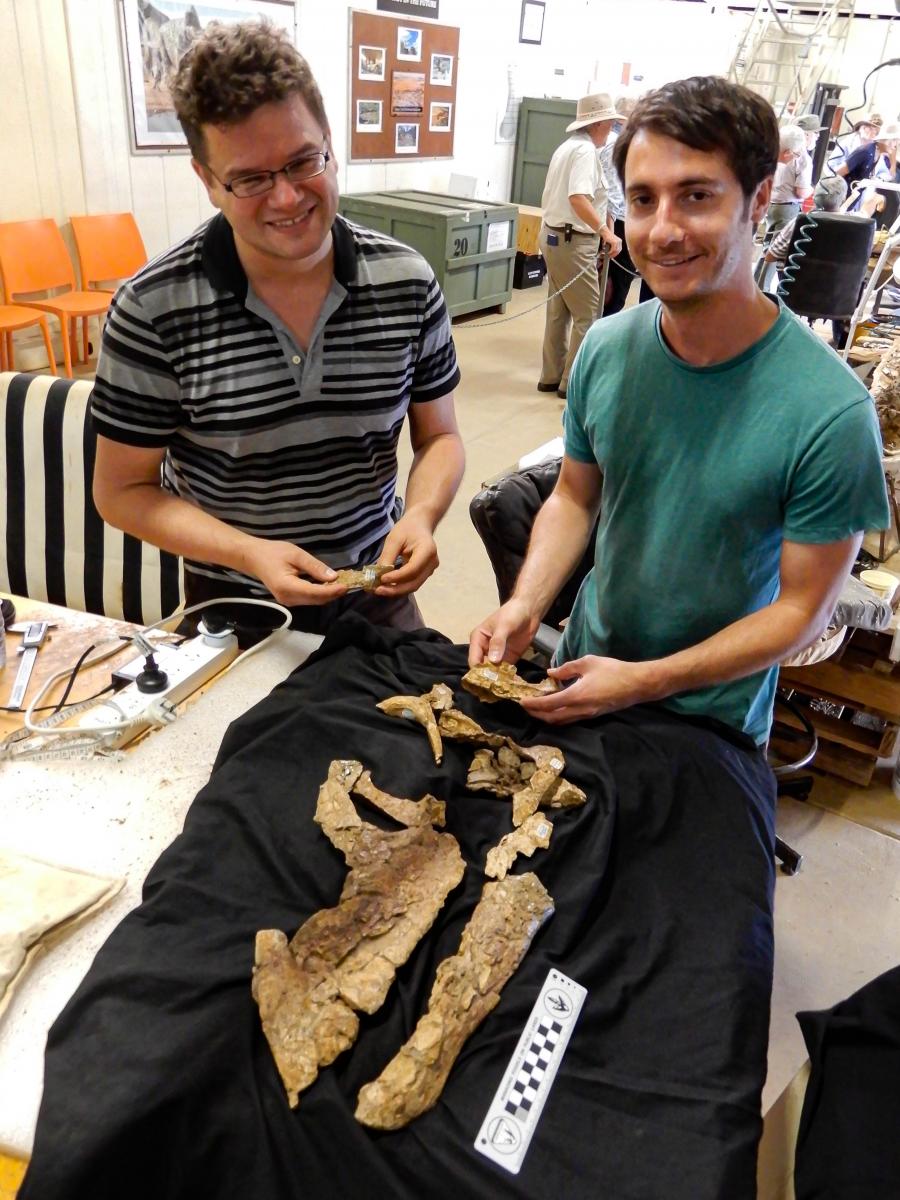
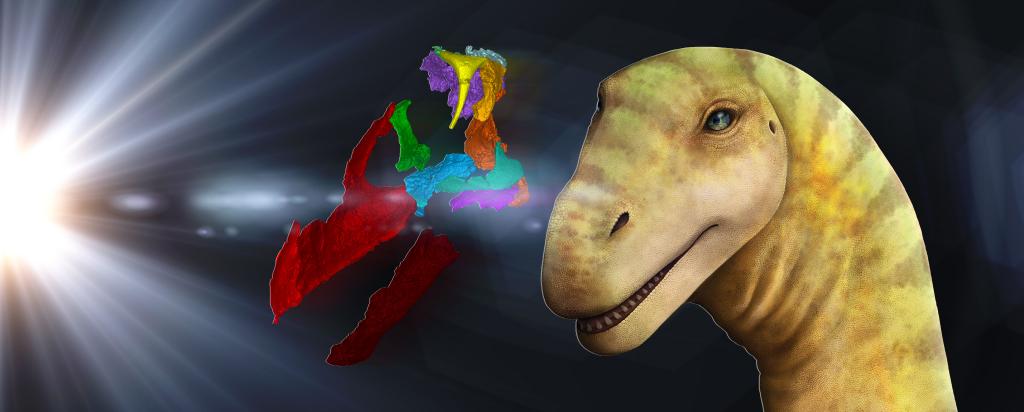
Published on the 13th April 2023 by ANSTO Staff
Key Points
-
First near complete skull of a sauropod in Australia supports theory that dinosaurs once roamed between Australia and South America via an Antarctic land connection
-
3D images of skull fragments of which a small piece, including the premaxilla bone, were scanned on the imaging and Medical beamline at the Australian Synchrotron
-
The scans confirmed there were replacement teeth inside the premaxillary bone
This week palaeontologists from Curtin University announced that a specimen from the collection of the Australian Age of Dinosaurs Museum in Winton Queensland as the first near complete skull of a sauropod, a massive, long-tailed, long-necked, small-headed plant-eating dinosaur, found in Australia and other parts of the world.

The team took 3D images of the entire group of skull fragments, of which a small piece, the premaxilla bone, was scanned in higher detail on the Imaging and Medical beamline at ANSTO’s Australian Synchrotron.
Imaging and Medical beamline
Instrument beamline scientists Dr Chris Hall and Dr Anton Maksimenko assisted with the IMBL measurements and data processing respectively.
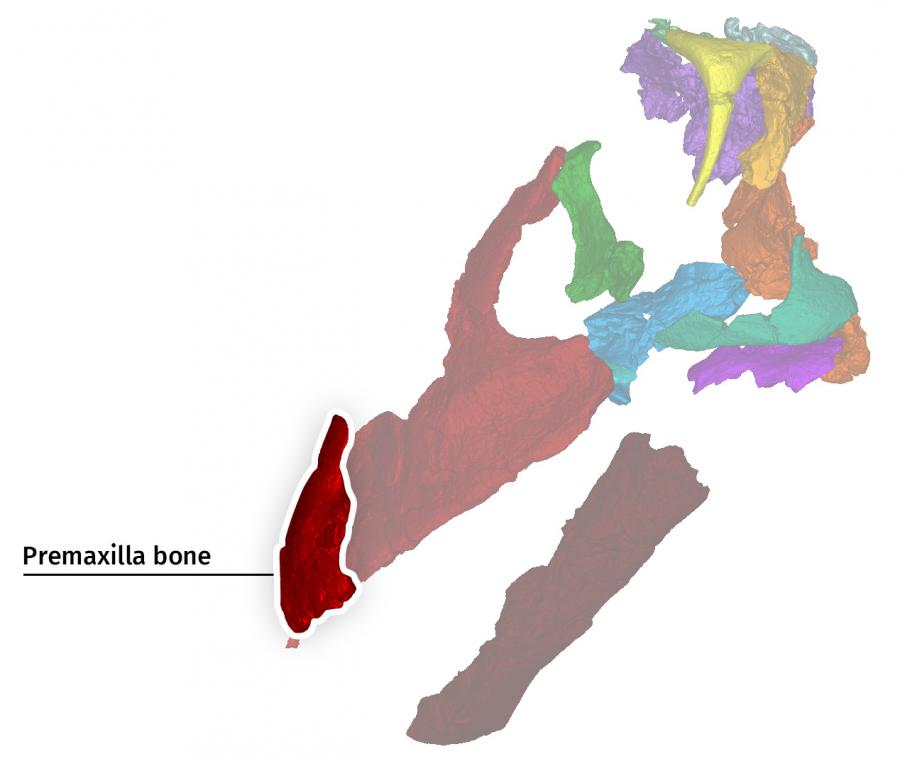
“The synchrotron imaging confirmed there were replacement teeth inside the premaxillary bone,” said Senior Instrument scientist Dr Joseph Bevitt, who often assists palaeontologists’ with neutron scanning of fossils at the Australian Centre for Neutron Scattering and the IMBL instrument at the Australian Synchrotron.
“Our techniques can penetrate the dense rock to reveal structural details within a fossil non-invasively,” he added.
“It was a rare find, as the delicate facial structures of these massive dinosaurs are often not preserved,” said Dr Bevitt.
Australian Age of Dinosaurs Museum Research Associate Dr Stephen Poropat, a Postdoctoral Research Fellow at Curtin University, was lead researcher on the paper published in the Royal Society Open Science. He discussed the find and its implications in The Conversation.
According to Dr Poropat, the research supports the theory that dinosaurs once roamed between Australia and South America via an Antarctic land connection.
The Australian Age of Dinosaursreported that the fossilised skull fragments of the dinosaur, named Ann, date to 98–95 million years ago and represent their fourth fossil specimen of Diamantinasaurus matildae.
The article is among a series that will be published on the important fossil, that was found on a sheep station northwest of Winton, Qld in 2018 by a dig team from the Australian Age of Dinosaurs Museum.
